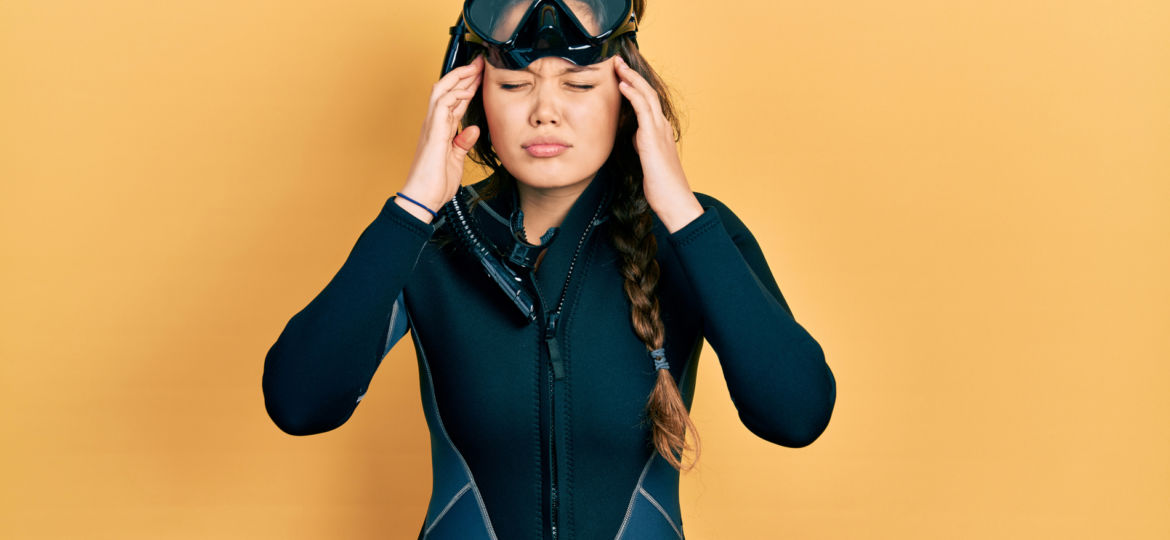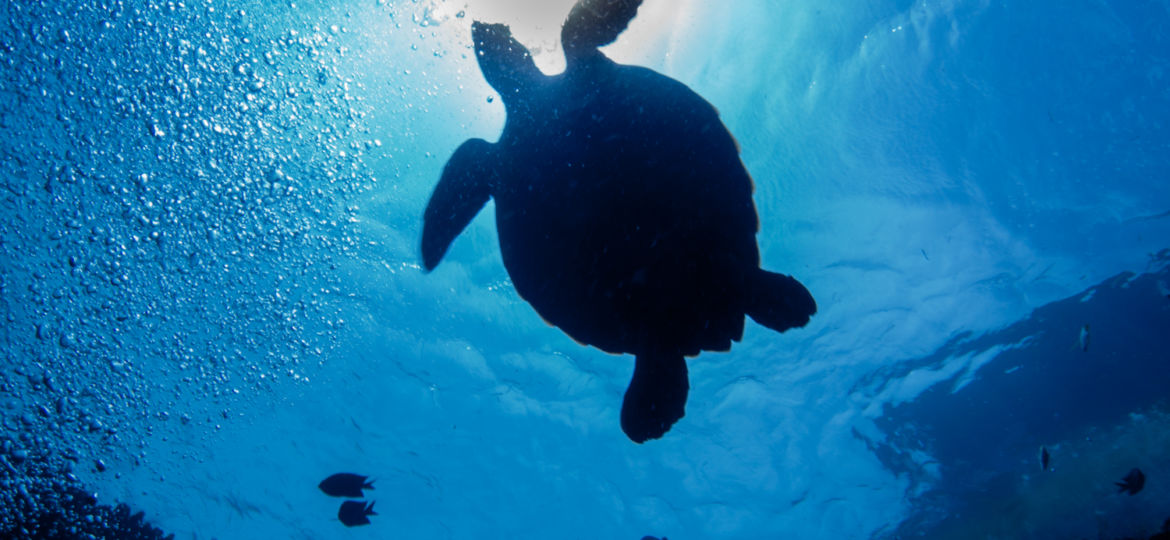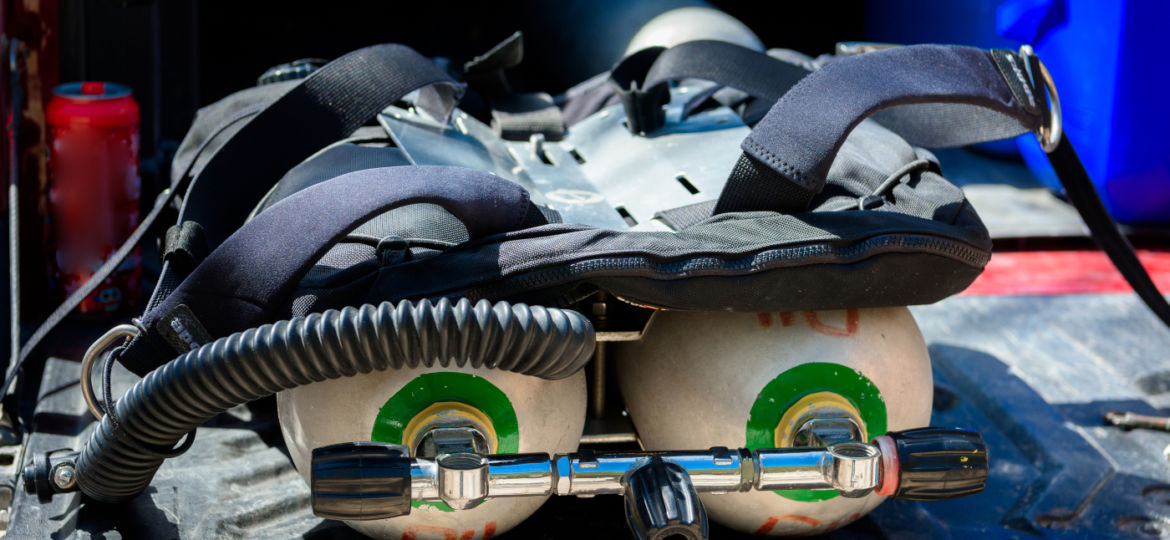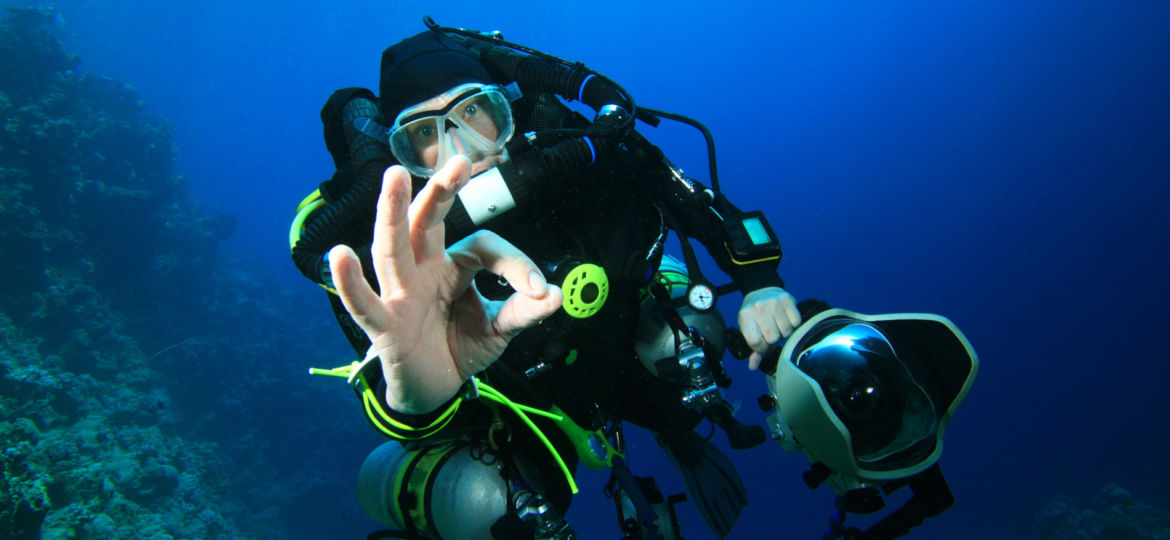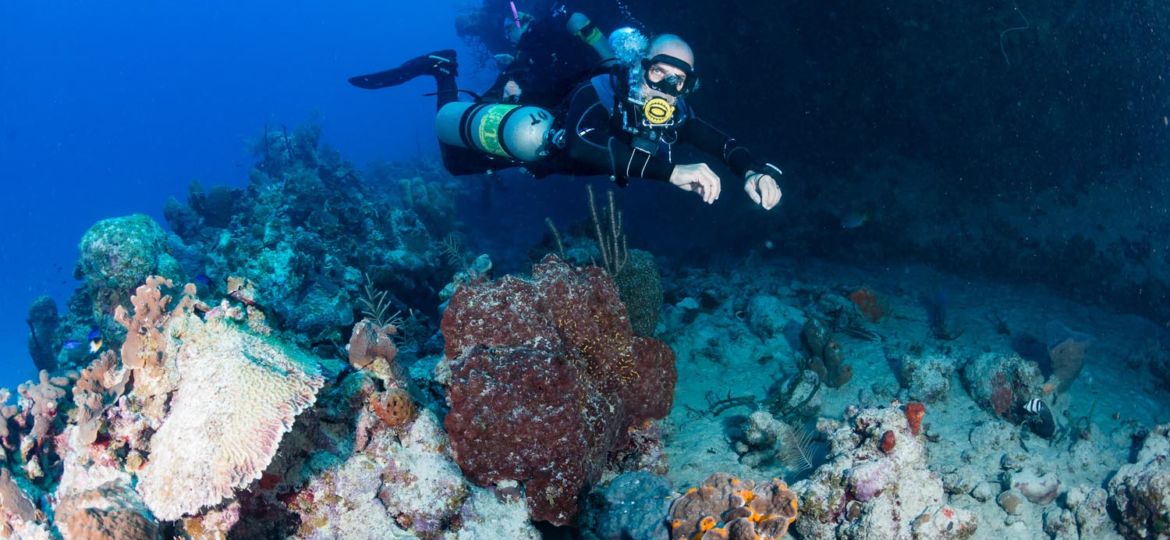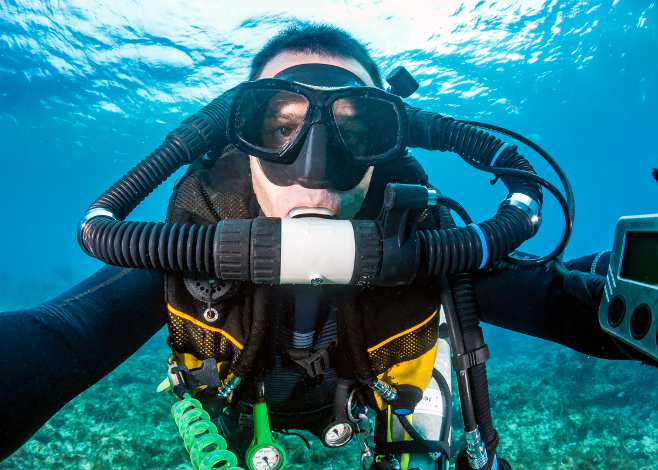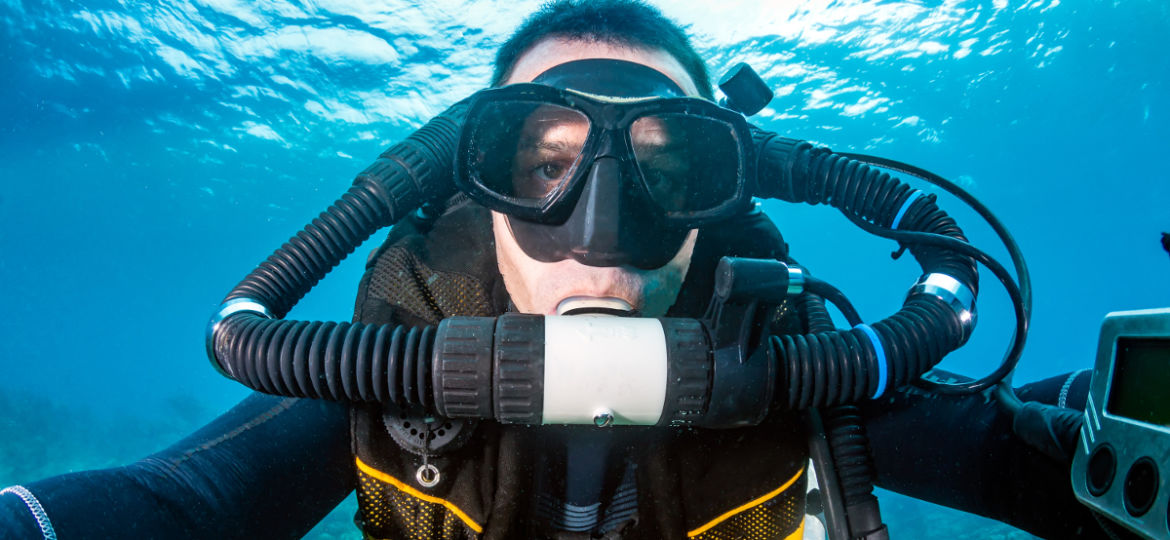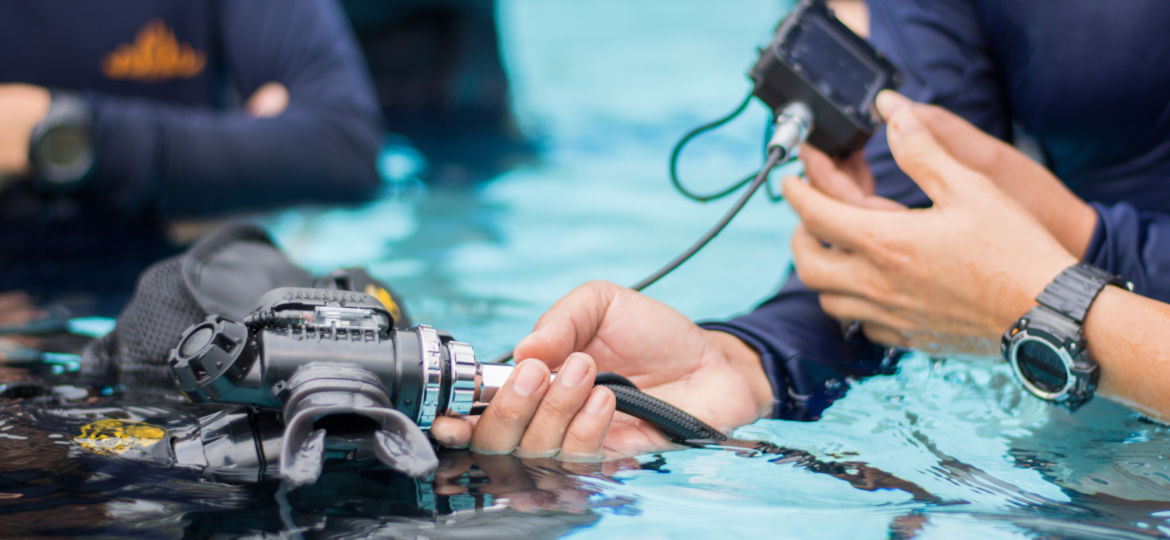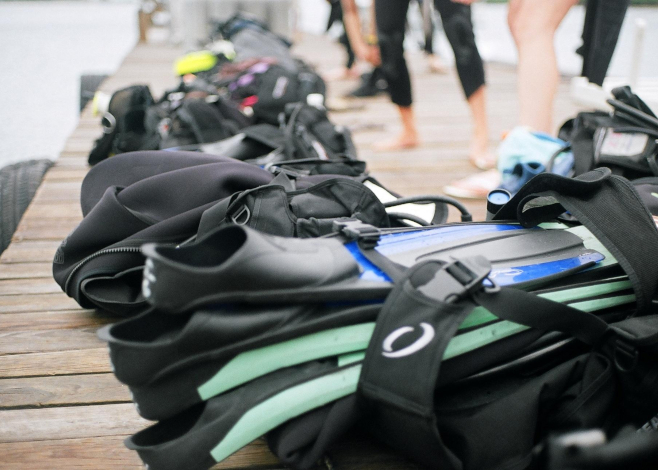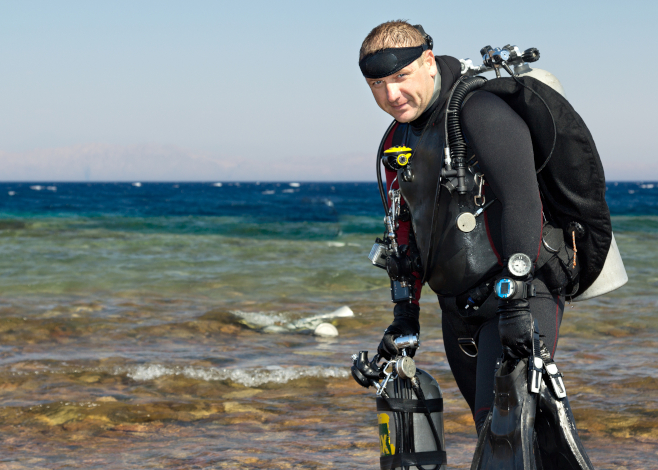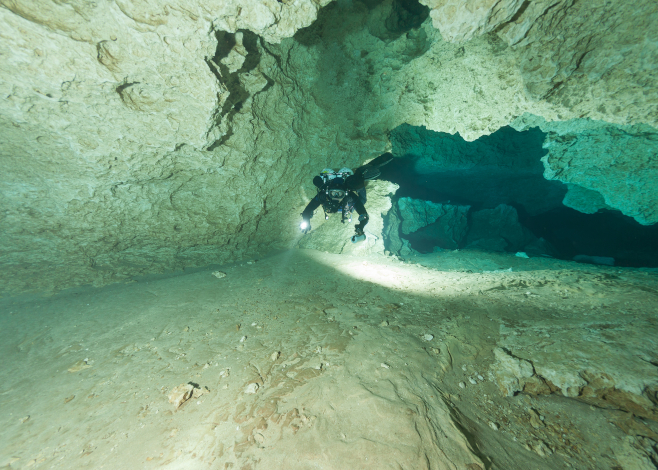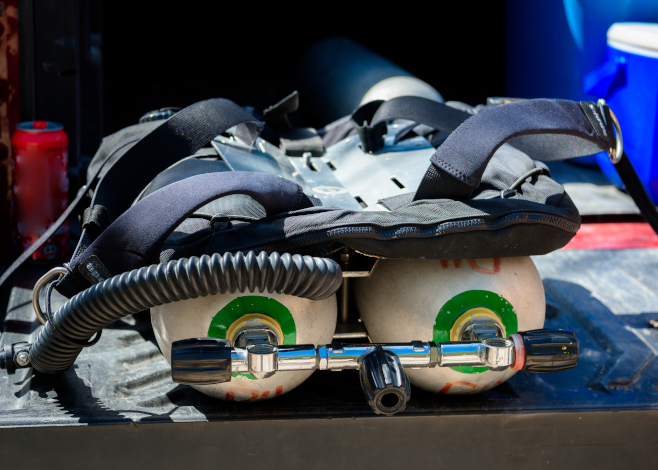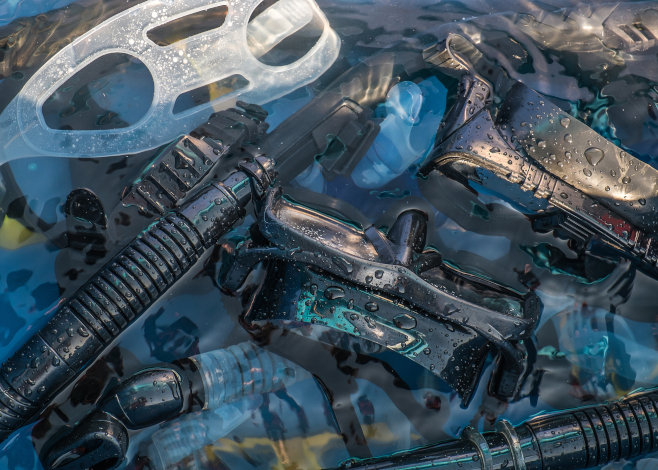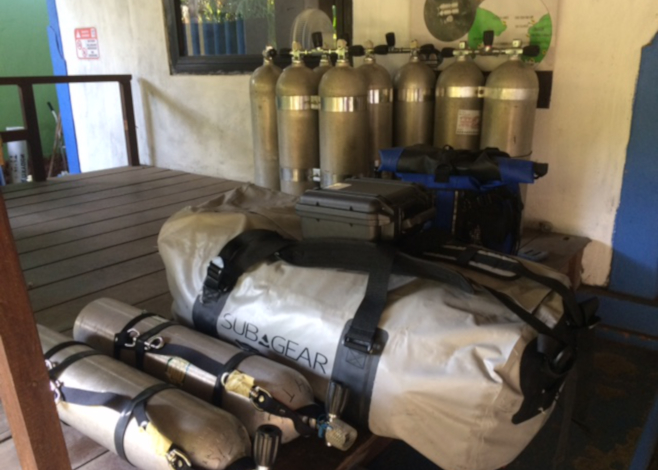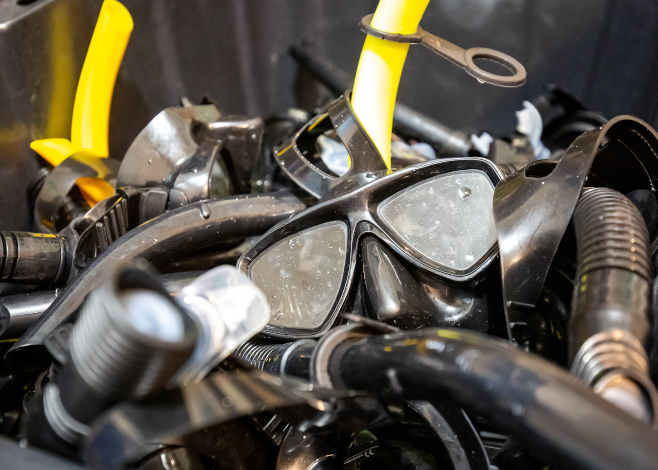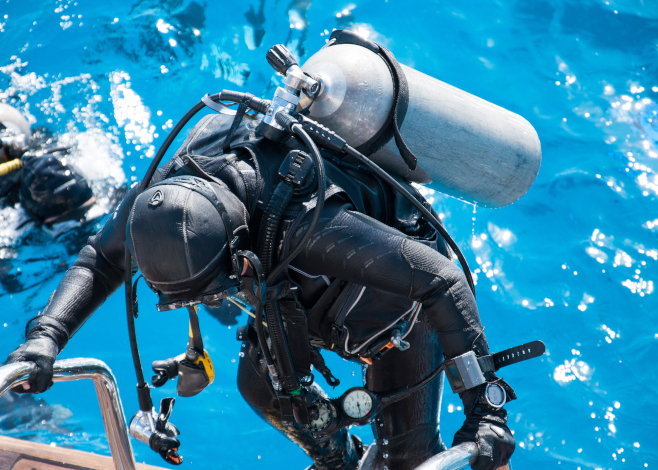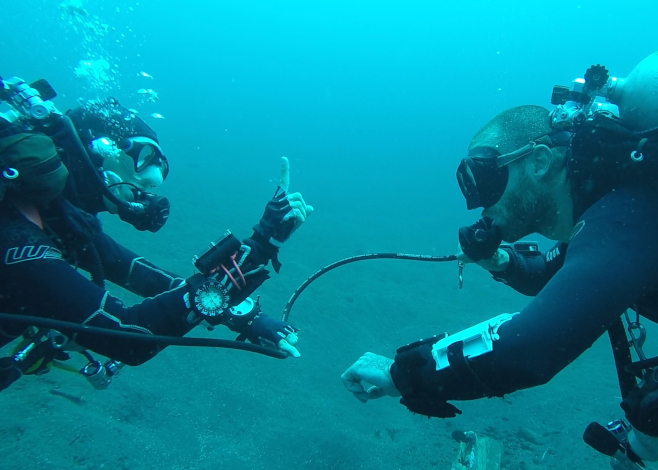Surfacing with a pounding headache after a dive can really take the enjoyment out of going underwater and may even cause you to miss dives or give up diving altogether. Here, we’ll examine reasons for and prevention of post-dive headaches.
Yvonne Press
Indonesia is quickly making its mark in the world of diving beyond no-stop limits. Here are some of the reasons Indonesia is becoming a top tech diving destination.
How easy is it to cross over between tech diving training agencies? We’re taking a closer look.
What are the risks of technical diving? Is it really that dangerous for tech divers? Here we’ll take a closer look.
Dive theory is just as important as time spent in the water when you’re a student diver, technical or recreational—here’s why.
Is rebreather diving really that expensive? Here we’ll explore why it’s more about the diving than the money.
If you’ve been thinking about getting into technical diving, chances are you’ve looked at lots of options. Should you start with open circuit or rebreather?
This year has been extremely challenging, and many of us have been out of the water for quite some time. When it’s time, here are our tips for safely returning to diving after a long break.
Once bitten by the diving bug, most of us start looking to buy our own gear. Here are some tips for basic dive gear maintenance to keep your new kit in tip-top shape.
When it comes to progressing as a tech diver, should you strive to get more experience or take more courses — or both? We’ll break it down for you here.
Successful tech divers must rely on more than a solid frog kick when it comes to mastering propulsion techniques. Here’s a look at different methods and their applications.
When is the best time to start buying tech diving gear? Gathering all the pieces of your kit can be quite an investment — here are some tips to help you decide on the right time.
If, like us, you’re spending most of your time at home right now, there are still ways get your diving fix — and stay connected to the rest of the diving community.
When it comes to cleaning dive gear, our biggest worry is usually removing saltwater. As the world tries to slow the spread of Covid 19, keeping gear clean has taken on a whole new meaning.
Tech diving requires a significant amount of equipment and financial investment, let alone tech diving and traveling. How do tech divers find a balance when they want to hit the road?
Acquiring gear can be incredibly costly, but buying used equipment for tech diving is a viable option if you’re well informed. Here’s what you need to know.
During training, all divers learn the importance of physical and mental fitness for scuba diving, but how does that translate to real life when many people dive only once or twice a year on vacation?
In the last installment of our tech-diving ABCs series, we’re looking at the letters X, Y and Z, starting with X-over (crossovers) and finishing with Z-knives.


